
Faith Ringgold, “United States of Attica,” offset lithograph on paper, © 2018 courtesy ACA Galleries, © 2018 Faith Ringgold
FIRST SATURDAYS
Brooklyn Museum
200 Eastern Parkway at Washington St.
Saturday, November 3, free (some events require advance tickets), 5:00 – 11:00
212-864-5400
www.brooklynmuseum.org
The Brooklyn Museum explores art and Black Power in the November edition of its free First Saturday program. There will be live performances by Antoine Drye, Shelley Nicole’s blaKbüshe, and the Brooklyn Dance Festival; an Art & Dialogue discussion with curators Valerie Cassel Oliver and Catherine Morris; a hands-on workshop in which participants can create miniature paintings inspired by jazz and the work of Alma Thomas, William T. Williams, and others; a curator tour of “Soul of a Nation: Art in the Age of Black Power” with Ashley James; original poetry and music by Jaime Lee Lewis, Jennifer Falu, Joekenneth Museau, Asante Amin, Frank Malloy, and Terry Lovette in addition to excerpts from the 1968 collection Black Fire: An Anthology of Afro-American Writing; pop-up poetry with Sean DesVignes, Joel Dias-Porter, and Omotara James of Cave Canem; an “Archives as Raw History” tour with archivist Molly Seegers; and the community talk “Black Art Futures Fund.” In addition, the galleries will be open late so you can check out “Soul of a Nation: Art in the Age of Black Power,” “Syria, Then and Now: Stories from Refugees a Century Apart,” “One: Do Ho Suh,” “Half the Picture: A Feminist Look at the Collection,” “Something to Say: Brooklyn Hi-Art! Machine, Deborah Kass, Kameelah Janan Rasheed, and Hank Willis Thomas,” “Cecilia Vicuña: Disappeared Quipu,” “Rob Wynne: FLOAT,” “Infinite Blue,” “A Woman’s Afterlife: Gender Transformation in Ancient Egypt,” and more.
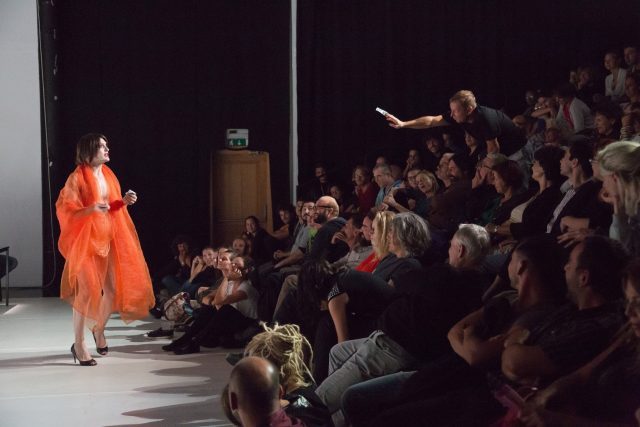

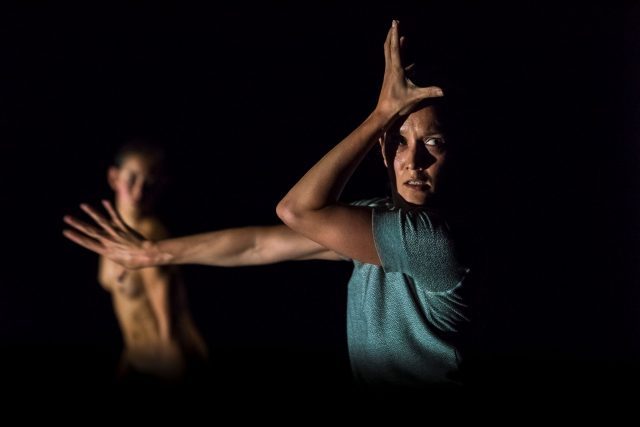
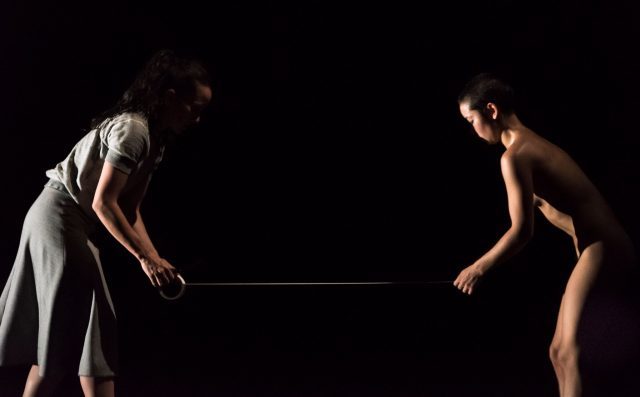
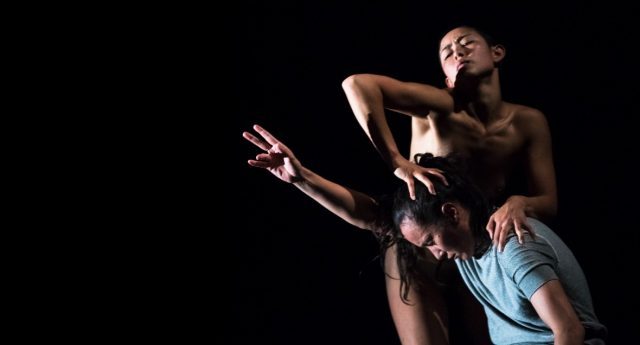
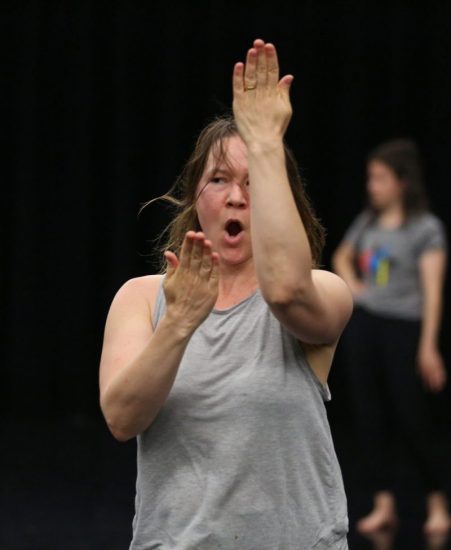
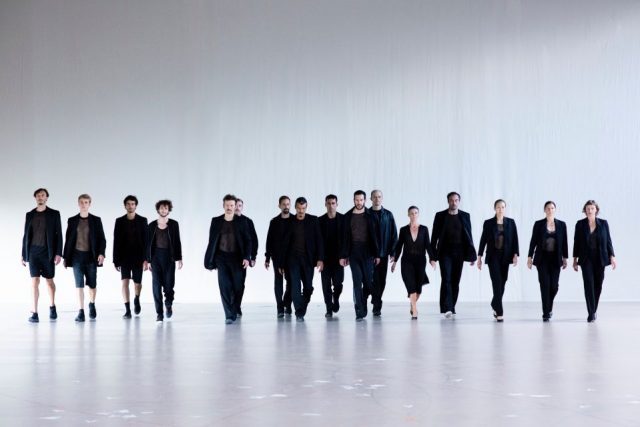

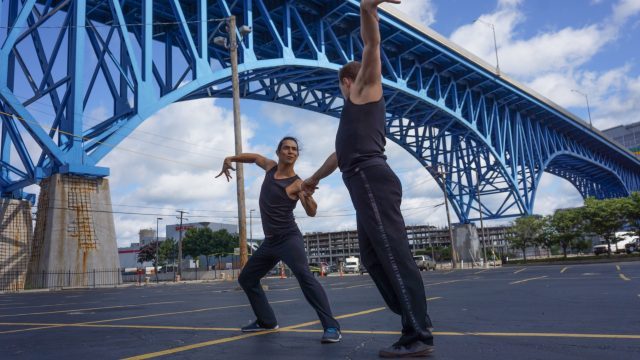
 “It’s Fred and Fred and Ginger and Ginger,” dance judge Benjamin Soencksen says, laughing, near the beginning of Hot to Trot, Gail Freedman’s intimate portrait of same-sex competitive ballroom dancing. Winner of the Audience Award at the 2017 NewFest LGBT Film Festival, the documentary follows several partners, some of whom are couples in life as well as on the dance floor, as they prepare and compete in the 2012 April Follies in Oakland and the 2014 Gay Games in Cleveland. As they rehearse their routines and select their costumes, they celebrate the freedom the competitions give them. “There is something about this community, and I know it’s related to the fact that we’re a target group and that community is so much more important because of that,” same-sex dance organizer Barbara Zoloth explains. Among the featured pairs are Emily Coles and Kieren Jameson, Ernesto Palma and Robbie Tristan, Palma and Nikolai Shpakov, and Coles and Katerina Blinova, along with Kalin Mitov, Jose Comoda, Zoe Balfour, Citabria Phillips, and Chris Phan. They discuss serious health issues, drug addiction, coming-out stories, relationship with parents, and more, sharing how broken they’ve been and how same-sex dancing has restored their self-esteem and put them on a positive track, especially since, as one team says, “There is no guy’s part, and there’s no girl’s part,” no leaders or followers; everyone is equal. They also have lots of fun. “Are we two divas? Yes!” Tristan declares. Hot to Trot opens August 24 at the Quad, with Freedman participating in Q&As with editor Dina Potocki, Shpakov, and Palma at the 7:05 screenings on Friday and Saturday night.
“It’s Fred and Fred and Ginger and Ginger,” dance judge Benjamin Soencksen says, laughing, near the beginning of Hot to Trot, Gail Freedman’s intimate portrait of same-sex competitive ballroom dancing. Winner of the Audience Award at the 2017 NewFest LGBT Film Festival, the documentary follows several partners, some of whom are couples in life as well as on the dance floor, as they prepare and compete in the 2012 April Follies in Oakland and the 2014 Gay Games in Cleveland. As they rehearse their routines and select their costumes, they celebrate the freedom the competitions give them. “There is something about this community, and I know it’s related to the fact that we’re a target group and that community is so much more important because of that,” same-sex dance organizer Barbara Zoloth explains. Among the featured pairs are Emily Coles and Kieren Jameson, Ernesto Palma and Robbie Tristan, Palma and Nikolai Shpakov, and Coles and Katerina Blinova, along with Kalin Mitov, Jose Comoda, Zoe Balfour, Citabria Phillips, and Chris Phan. They discuss serious health issues, drug addiction, coming-out stories, relationship with parents, and more, sharing how broken they’ve been and how same-sex dancing has restored their self-esteem and put them on a positive track, especially since, as one team says, “There is no guy’s part, and there’s no girl’s part,” no leaders or followers; everyone is equal. They also have lots of fun. “Are we two divas? Yes!” Tristan declares. Hot to Trot opens August 24 at the Quad, with Freedman participating in Q&As with editor Dina Potocki, Shpakov, and Palma at the 7:05 screenings on Friday and Saturday night.